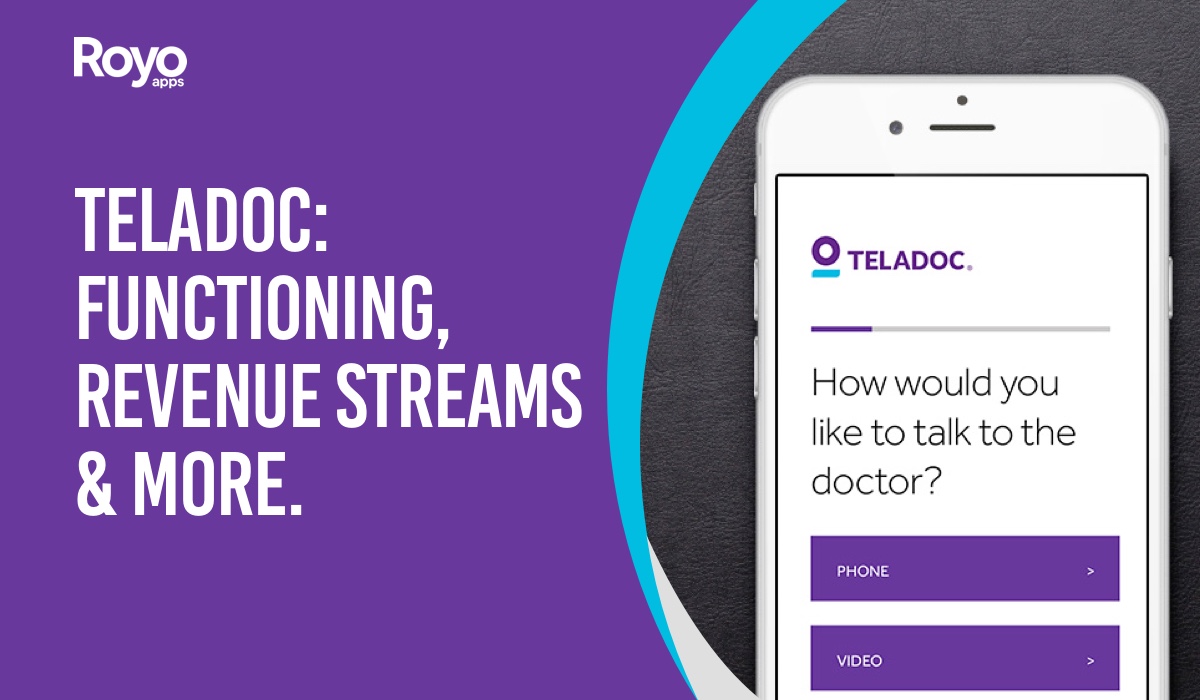Telehealth- The good, the bad & the surprising!

Well, let’s start with what telehealth exactly is?
Telehealth is defined as the delivery and facilitation of health and health-related services including medical care, provider and patient education, health information services, and self-care via telecommunications and digital communication technologies. Live video conferencing, mobile health apps, “store and forward” electronic transmission, and remote patient monitoring (RPM) are examples of technologies used in telehealth.
Now, considering that we live in the age of telehealth where over 2/3 of the world’s population is now using smartphones and X of doctors currently using tablets, the mobile revolution has helped make adopting telehealth software a much less costly and technologically complex endeavour than in the past. Many modern telehealth software solutions require simply a computer or smartphone and an internet connection to do a virtual doctor visit with a patient. With a little dedication and the right telemedicine software, physicians can see great returns when they invest in adding virtual visits to their practice.
Since the process of implementation has simplified, we can now talk about the good and the bad, let’s start with the good.
1. Telehealth Can Expand Your Patient Base.
With telemedicine, a patient can get convenient healthcare from the comfort of their own home. This allows many patients to access specialists or practices they wouldn’t normally be able to see for treatment. Physicians can take advantage of this by expanding their patient base and strengthening relationships with existing patients. Telemedicine allows physicians to connect with patients outside of their geographic region, which is especially effective for physicians who provide:
– Primary care
– Specialist referral services
– Remote patient monitoring
– Consumer medical and health info
– Medical education
Also, offering telehealth can give your practice a huge competitive advantage over similar practices in your area.
2. Telehealth is Cost & time Efficient.
Telemedicine can offer a less expensive alternative to in-office visits, for both patients and providers. A recent study found that the average doctor’s visit costs a patient $43 just in lost time – that’s in addition to the patient’s actual medical bill and ho doesn’t want to save a few bucks right?
Telemedicine also allows physicians to perform follow-up visits or check in on chronic patients with a smaller time commitment than an in-office visit. Offering virtual visits can also help you drive down no-show and late appointment rates, helping you to streamline your appointment schedule and avoid wasted time.
3. Engage Patients and Get Better Patient Outcomes.
Being able to check in on a patient remotely allows physicians to reinforce treatment adherence – which can be a crucial part of preventing unnecessary hospital admissions and maintaining patient health. If a patient has questions about a medication or thinks they need to change their treatment plan, a telehealth solution allows them to quickly and conveniently check-in with their doctor for guidance. This helps improve adherence, ultimately leads to better patient outcomes.
Now, the bad!
While many are optimistic about the potential of telemedicine, others in the industry still have some concerns. Modern telemedicine technology has come a long way, but it’s not flawless. And with the breakneck speed that telehealth technology is developing at, the regulatory landscape has been struggling to keep up. The most obvious disadvantages of telemedicine involve the continuing need for clearer, streamlined policies and standards around telehealth practice to enable easier implementation for doctors.
1. Regulatory and Industry Barriers.
Telemedicine regulations vary from state-to-state and can be hard to decipher. Additionally, some telemedicine tools fall in a grey area of security, and physicians may worry that patient privacy is not adequately protected.
2. Physical Examination is Limited.
Until relatively recently, live video communications technology wasn’t advanced enough to allow for comprehensive medical care. Today, most patients and doctors have easy access to technology that allows high-quality video-conferencing. But for some telemedicine doctors, a virtual appointment may not seem enough to diagnose or treat a patient.
3. Telemedicine Equipment and Technology.
Telemedicine facilitates many remote health services, including chronic patient monitoring, therapy appointments, and post-operative care. All these services run on software and hardware which can sometimes be costly – requiring training to use, the hire of additional IT staff, and the purchase of servers or other ancillary equipment in addition to the software.
Also, as is true of most technology, technical glitches do come up. If problems arise during a virtual visit, the communication halts. These telemedicine advantages and disadvantages are always changing with technology, but they all reflect age-old principles. When a telemedicine platform has a low cost of entry, little financial risk, and effective security features, physicians are much more likely to offer telemedicine as a care option.



